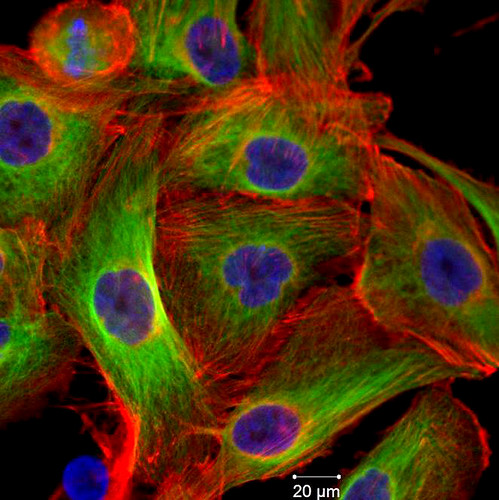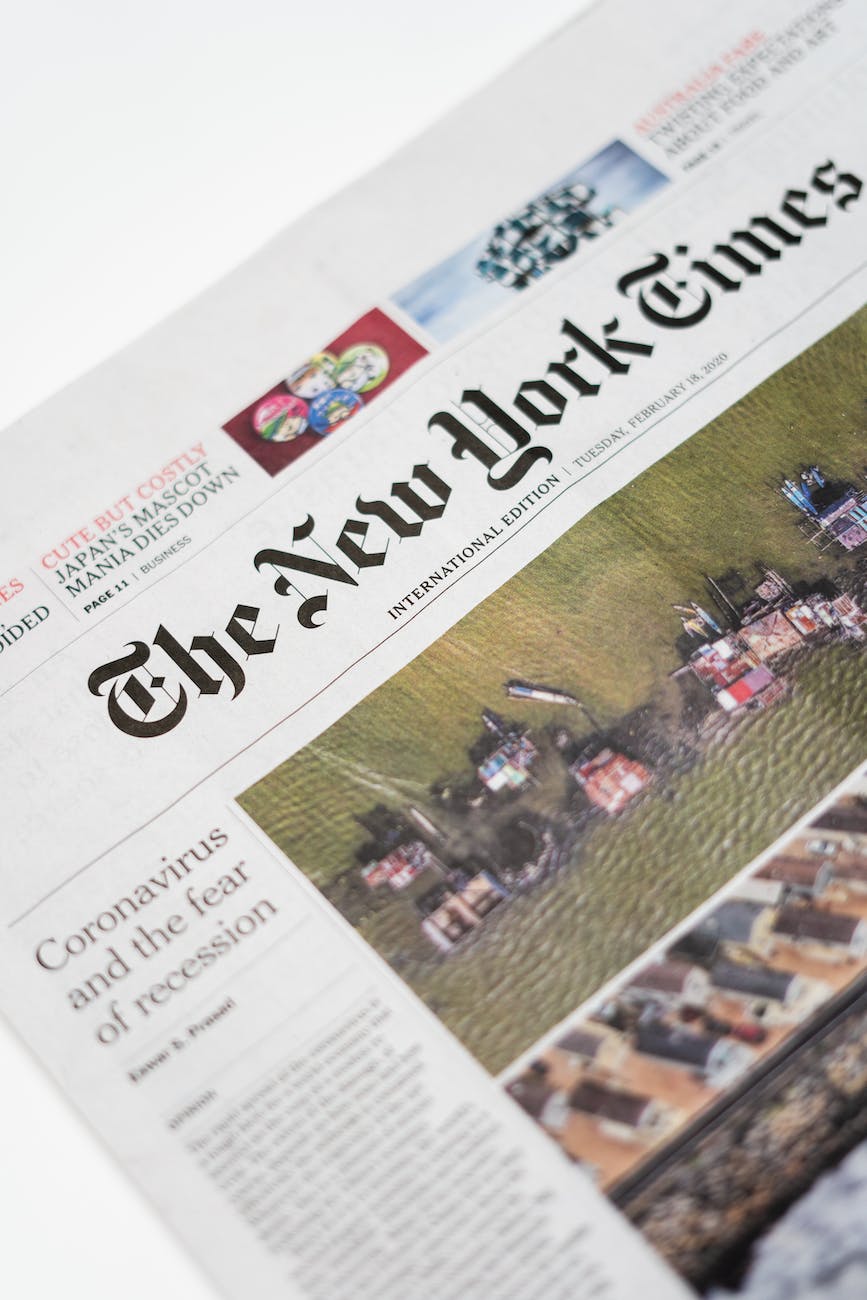September 18, 2023
Artificial Intelligence (AI) has been one of the most discussed issues of the calendar year. As it happens, it’s a nearly perfect test case for the approach outlined in my forthcoming book, Fatal Certainty: How a Cult of Prediction Made the Twenty-First Century an Era of Strategic Shock – and How Rigorous Imagination Could Bring Us Back. Optimists talk about the potential for AI to accelerate the spread of advanced farming techniques, alleviating hunger, and to spread evidence-based medical practice to the farthest corners of the globe. Pessimists – among them some of the originators and early exponents of AI – say that AI could literally destroy all mankind unless strictly controlled by the government.
In this post, I will try to use rigorous imagination to outline one plausible (very short-term) future for AI – as a powerful influence on the 2024 election, and on all public debate in the near future. (If you are trying this at home, be sure to generate multiple, systematically spread pictures of the future, preferably under the guidance of someone who has done this before.)
* * *
It’s November 4, 2024, and no one has a clue who is going to win the presidential election tomorrow.
The traditional presidential polling apparatus has been disrupted by a crowd-coordinated attempt by the partisans of one side to mislead pollsters by saying they planned to vote for the other side. Some pollsters seem to have compensated for this, but in general, the “poll of polls” approach favored by the historically most accurate of the prognosticators no longer really works.
It did not help that the expected matchup of “obvious candidates” failed to occur. In retrospect, it seems obvious that one of two aged men with family legal and other problems would not make it to November. Still, as has so often happened in the past – 2008, when Obama emerged to dethrone the favorite; 2016, when Trump ousted Jeb Bush; even 2020, after Biden was trailing badly after the Iowa and New Hampshire contests – the final major party matchup is different than had been expected.
But these two curveballs have not been the biggest departure from the previous presidential norm. No, the biggest change has been the result of the wholesale application of artificial intelligence methods to social media.
Some would argue that this phenomenon actually is not AI at all, but something cruder. The thought that what has happened this cycle is but a hint of what is to come is frightening to many who still cling to the idea that basically accurate ground truth is attainable through traditional media sources. Meanwhile it seems exhilarating to many others who do not trust those sources, and are happy to see their ability to influence popular opinion imperiled.
The most straightforward use of AI has been to sample the audience in question to find out what sorts of material elicit the biggest politically useful reaction, and to instantly construct reports, irrespective of their authenticity, that will elicit those reactions. These reports can be framed as coming from whatever news outlets the audience is most likely to believe. This can be seen as merely a sped-up version of the sort of misinformation and propaganda that has been a feature of American politics for quite some time.
The most effective – and “innovative” – mechanisms used, however, have been algorithms that take what many insiders regard as factual news reports about one side, usually negative, and instantly “flood the zone” with near-identical reports about the other side. If, say, the New York Times (or Fox News) reports that one candidate’s family member is involved with some sort of corrupt or controversial action, the algorithm will produce an opposite and equivalent story about a family member of the opposite candidate. Often, this report will be presented as a real New York Times (or Fox News) story. This has the dual effect of ensuring that the original story has no effect on voter opinion, and also of discrediting the New York Times (or Fox News) as a news source.
This approach has been used first and far more by one side than the other, creating an advantage for them, and putting their opponents in a particularly difficult position. This is made even more difficult for those opponents because any attempts by them to protest that they are the victims of instantaneous, malicious, AI-driven counter-disinformation are nearly instantly countered by opposite and equivalent accusations that they themselves have been employing malicious AI algorithms against their innocent opponents.
The response of “mainstream media” has been to alternate between angry defensiveness, and bending over backwards to appear to be fair. Any instances of bias on the part of traditional media are ballyhooed to the skies, giving credence to accusations that the entire professional journalistic enterprise is some sort of conspiracy, while obvious bias on the part of non-professional “news sources” is dismissed as a necessary corrective.
The result has been to cause the dwindling number of self-styled “independents” to become cynical about all news, either dismissing all news sources as equally biased, or splitting the difference and half-believing each “side.” This has obviously relatively rewarded the side willing to “flood the zone” with misinformation. Again, polling cannot necessarily be trusted, but it appears that the increasing cynicism of independents has caused them to come closer to embracing the “alternative” news sources as opposed to the “mainstream” ones.
What this means for the current election remains to be seen, given the reduced reliability of polling. But it appears, at least relatively, to promote the prospects of the side that has run against the mainstream media, and to harm the prospects of the side that is running against “conspiracy theories.”
In 2016, Donald Trump appropriated a phrase, “fake news,” which liberals had used to describe what they regarded as falsehood reported as fact, and began to use it to describe any report that tended to harm him politically. AI has now taken Trump’s intuition and turned it into an algorithm, allowing political actors to take any media report, from any source, of any factual content or none, that puts their side in a bad light, and immediately counter it with an equal (or greater) and opposite media report.
Unless some countervailing trend emerges, as AI increases in effectiveness and universality, it appears that the idea of unimpeachable truth may become less and less tenable, and the very basis of democracy – an informed electorate debating issues in a shared reality – could be lost forever.
To paraphrase Abraham Lincoln, after 2024, you may not be able to fool all the people all of the time, but you will be able to confuse enough of the people all of the time.


